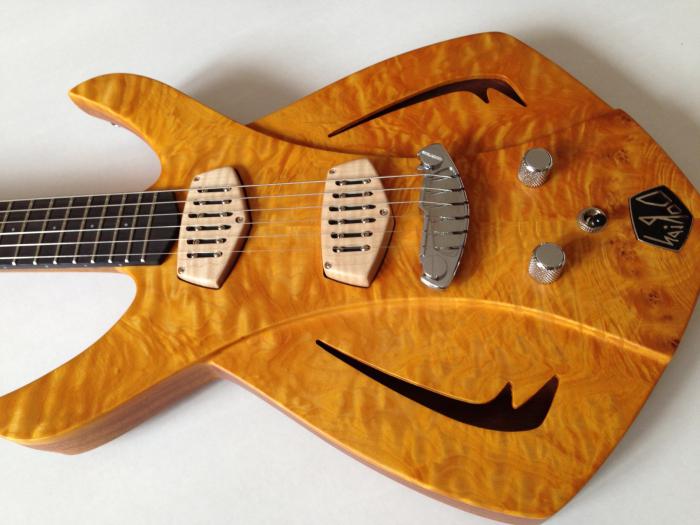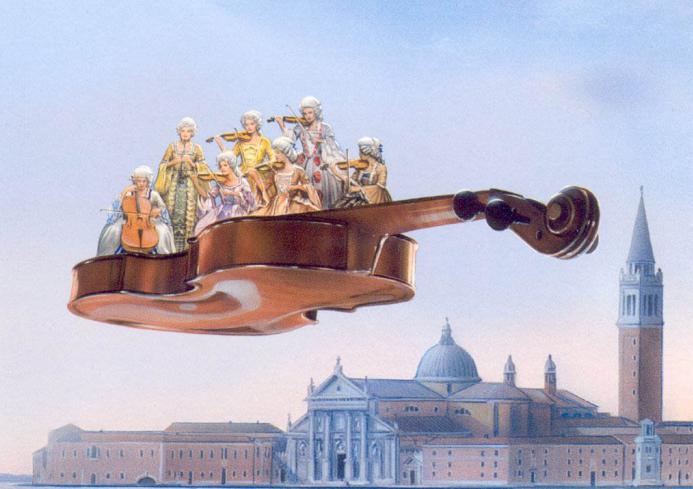“Fury over a lost penny” by L. Beethoven, “Turkish Rondo” by V. A. Mozart, “Introduction and Rondo-Capriccioso” by Saint-Saens ... These so different works are united by the fact that they were written with the help of one and the same same musical form. Many famous composers used it in their work. But what is rondo, how to distinguish it from other forms of musical art? Let's start by defining this concept and comprehend its subtleties.
Poetic art
To avoid confusion, it should be remembered that this term simultaneously refers to two areas - literature and music. And this is completely unsurprising. If we talk about poetry, then rondo is one of the poetic forms.
It has a special composition, which consists of 15 lines, while the ninth and fifteenth lines are the initial words of the first. This form originated in France in the 14th century and was actively used in Russian poetry of the 18th and early 20th centuries.
Rondo form in music
Now you can go to the description of rondo directly in the music. It first appeared in France during the Middle Ages. The name of the form originates from the word rondeau - "circle". So called round dance songs. During their performance, soloists performed their fragments of the work, and the choir repeated the refrain, in which both the text and the melody remained unchanged. These songs turned out to be a prototype of the musical form of rondo.
This is a specific way to create a work in which the main theme - it is usually called refrain - is constantly repeated (at least three times), alternating with other musical episodes. If we denote the refrain by the Latin letter A, and other fragments by other letters, then the simplified scheme of the work will look like this: AB-AC-AD and so on. However, the rondo should not get too long. As a rule, it includes from five to nine parts. Interestingly, the longest rondo included 17 fragments. This is the passacalia of the French harpsichord player Francois Couperin. By the way, this particular musical genre became the progenitor of electronic music that is popular today. He also has much in common with hip hop, where it is customary to impose other fragments on the refrain. The only difference is that the main motive plays constantly, and does not alternate with other segments of the work.
Varieties
Now, having determined what rondo is in music, one can pay attention to its various options. If we talk about the number of topics and structure, then the following types are distinguished. First of all, a small rondo, a large, as well as a sonata type, so named because some features of the sonata are manifested in it.
Various compositional options allow you to widely use this form in music. Historically, an ancient rondo is distinguished, classic, with fewer more contrasting and large sections and post-classical. It will be interesting to trace how this musical form was transformed as it developed.
History of the development of the form
Over the course of many centuries, the musical form of the rondo varies significantly from its original folk version. From song and dance art, she gradually moves into the instrumental sphere. Rondo is used in his work by eminent harpsichord composers who worked in France in the 17th - early 18th centuries: Francois Couperin, Jacques Chambonnier, Jean-Philippe Rameau. At this time, the dominant style of art was Rococo, the music is characterized by great grace, sophistication and an abundance of jewelry. And rondo is no exception. But, despite the exaggerated external grace and lightness of the music of this style, it always traces a deep inner content and meaningfulness.
The influence of Viennese classics
In the future, the musical form of this direction changes significantly. This is due to a global change in the style of art, with a new worldview of man, which could not but affect the nature of the work of poets, artists and, of course, composers. It is worth paying attention to the features of the development of the rondo form in the music of Viennese classics. One of the first who used it was J. Haydn. It was then that this musical form acquired classical features. And in the work of V.A. Mozart, it reaches its highest peak. Speaking of this, one cannot fail to mention his famous Turkish Rondo.

When writing this work, Mozart shifted traditional Turkish orchestral military music for piano performance. Elegant, vigorous, lively, this melody is very well known and loved by many. Another famous composer who used this musical form was L. Beethoven. In his work, rondo is already a great depth, masculinity and scale. It is he who begins to use mixed musical forms. This is a sonata rondo. Widely known for his playful and perky "Fury over a lost penny," also written in this form.
Russian representatives
In Russian art, the musical form of this trend was also used by many eminent composers. With the help of his expressive capabilities, they expanded the scope of widespread musical genres. For example, in A.P. Borodin’s novel “The Sleeping Princess”, due to the frequency of refrain characteristic of rondo, the impression of the heroine’s irresistible sleepiness is created. Episodes succeed each other, contrasting with the constant and measured leisurelyness of the main theme.

The form of rondo in the music of the Soviet era was also used. This had several manifestations. For the most part, elements of the rhomboid construction of the work were used. For example, in S. S. Prokofiev’s opera “Semyon Kotko”, written according to the novel by V. P. Kataev “I am the son of a working people”. Here, the composer, following the principles of rondo composition, achieves wonderful artistic expressiveness: the repeatability of this form, its ability to combine and bind the different, serves as a way to convey the commonality of emotions of all heroes.
Future shape
Now that we already know more about what rondo is, we can try to draw small conclusions and assumptions. As you can see, the expressive abilities of this form allow you to use it in different genres, wonderfully transforming and complementing them. And, probably, there is a place for it in contemporary art and even in the music of the future. What is noteworthy, the rondo recently debuted in the cinema. This term most succinctly describes the plot of the picture "Beginning".
Indeed, rondo is a combination of the permanent with the changing, the temporary with the unshakable, the turbulent with the measured and, nevertheless, the eternal return to normal. And in this it is akin to our life and even nature itself with its unchanging cyclical nature.